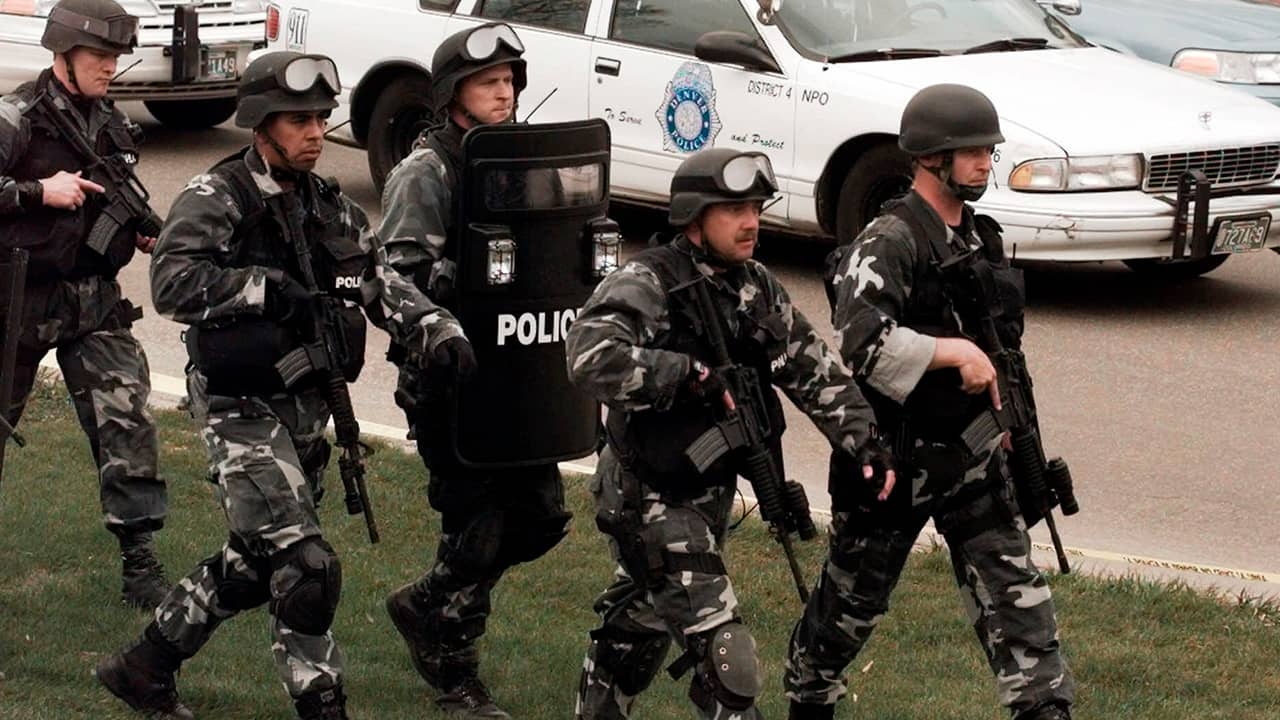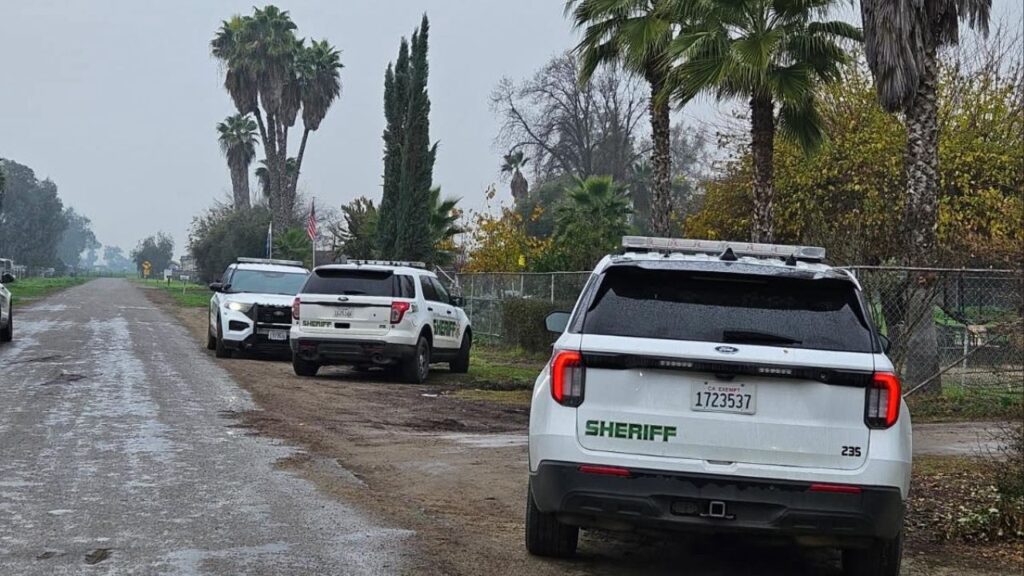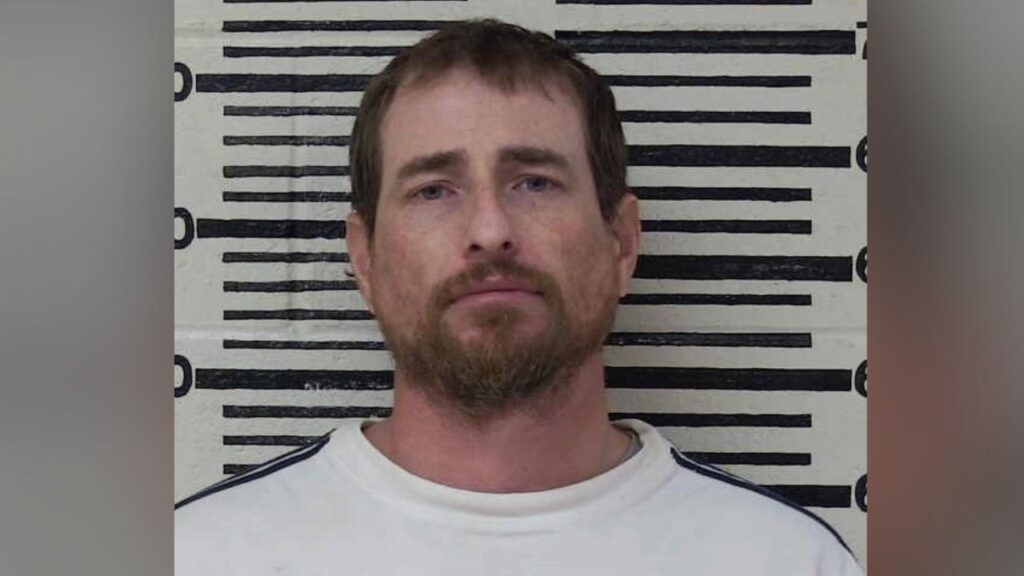Share
LITTLETON, Colo. — The first SWAT team members to see the horror in the Columbine High School library had to step around bodies and ignore a wounded student’s plea for help as they searched for shooters they didn’t know had already died by their own hands.
“It was just beyond anything I’d ever thought I’d see in my career,” he said of the 1999 shooting that left 12 students and a teacher dead and remains locked in the nation’s memory. “So many children were dead.”
Amid the emotional toll of what it experienced, the Jefferson County Regional SWAT team began to fall apart. By 2002, only three members of the 10-person team remained. The others were reassigned or left the department.
On the 20th anniversary of Columbine, the effects of trauma and turmoil experienced by law enforcement authorities who respond to school shootings are still largely unknown. Experts say agencies are reluctant to let researchers interview officers and dredge up potentially painful memories.
“That’s what they signed up for, right? To deal with this violence and see these violent outcomes,” said labor attorney Eric Brown, who handles cases for Newtown, Connecticut, police officers. “So there’s not a lot of empathy for them when they show the signs of PTSD or other mentally disabling side effects.”
But attitudes are starting to change. A group of global law enforcement administrators recently began work on a set of uniform guidelines for psychological care for SWAT teams and other officers who respond to the worst of the worst carnage.
State legislatures also are taking note, with four states, including Colorado, recently passing laws to extend workers’ compensation for mental health to police officers and other first responders.

Therapy Wasn’t an Accepted Option
After the Columbine shooting, Jefferson County Regional SWAT team members went through a group debriefing and were offered department-paid therapy. But due to the stigma attached, therapy wasn’t an accepted option, said Whitus, who added some officers would ask him, “What’s it going to take before you crack?”
“My response is, ‘I will never crack. No matter what happens, no matter what I see, no matter what I do, I will never crack,'” Whitus said of his attitude at the time. He thought seeing a therapist “would have been my own weakness.”
Whitus stayed on the team, but he didn’t escape unscathed — he was divorced within a year as he dove into rebuilding the team and changing how the department responds to active shooter situations.
He rose to become head of the team, but then tragedy struck again in 2006 when it responded to a shooting at Platte Canyon High School in the town of Bailey, southwest of Denver. A man entered the school, took several female students hostage and sexually assaulted them, then fatally shot one student and himself as SWAT officers moved in.
Also with the team that day was Al Joyce, a post-Columbine recruit who volunteered 500 hours in a year as a reserve officer to get hired with the Golden Police Department west of Denver.
Joyce was part of the team that stormed the classroom and saw the aftermath of the shooting. It wasn’t long before the nightmares began and he started drinking heavily to avoid them. He ended up leaving the SWAT team, divorcing his wife and withdrawing from the world.
“I wanted to just shut down, turn off,” he said. “It didn’t work out so well.”
By 2013, he was out of law enforcement and homeless. He moved back to his parents’ home in Maine. He’s now in therapy and works a low-stress job as a cashier.
Current Jefferson County Regional SWAT leadership declined to comment for this article. But Sgt. Sean Joselyn, who was recruited by Whitus and was a member of the team at Platte Canyon, said attitudes had been changing because of Columbine. The team had “check-in” meetings in the months after, but he doesn’t recall members talking about how they felt and doesn’t know why so many left.
Several years later, Joselyn rose to team leader until he was reassigned in 2017. He said he encourages openness and trains officers to consider post-traumatic stress an injury that needs to be treated.
“I think it’s bigger than what we realize,” Joselyn said.

School Shootings Can Be Particularly Hard to Cope With
Part of the issue, experts say, is that mental health services and resources available to officers after traumatic events like school shootings vary widely from police agency to police agency across the U.S.
Most provide stress debriefings immediately after mass shootings. But researcher Michele Galietta, an associate psychology professor at John Jay College of Criminal Justice, said those meetings should instead take place months later to see how an officer is doing after returning to a normal routine. Studies show getting back to a normal routine after a traumatic event helps with overcoming the potential for lasting effects, she said.
Meanwhile, the International Association of Chiefs of Police said in March it is in the early stages of developing policies for police departments for providing psychological care following “critical incidents.” A voluntary accreditation organization, the Commission on Accreditation for Law Enforcement Agencies, offers a standard for employee assistance programs that include peer-to-peer counseling and confidential therapy.
School shootings can be particularly hard to cope with.
“The more severe the violence, the more innocent the victim and the more the officers feel that they were helpless to respond — and maybe just sheer body count as a fourth ingredient — that’s going to produce a perfect storm of demoralization, anger and despair,” said Laurence Miller, a clinical forensic and police psychologist in Boca Raton, Florida.
After the Marjory Stoneman Douglas High School shooting that left 17 dead in February 2018, Florida’s governor removed Broward County Sheriff Scott Israel for his alleged failure to properly train his deputies on how to respond to active shooters, tactics changed because of Columbine. Five of the department’s top command staff resigned, some citing Israel’s removal. Israel is appealing his removal to the Florida Supreme Court.
Six members of the Broward County SWAT team also left within a year, including its two top commanders, and many were reassigned within the team, according to documents released under an Associated Press public records request.
After the 2012 Sandy Hook Elementary School shooting where 20 children and six adults died, more than a dozen police officers took time off, and one was too traumatized to return to work.
That Newtown, Connecticut, officer, Tom Bean, was diagnosed with post-traumatic stress disorder, and the department agreed to pay him $380,000 after the police union and Brown, the labor attorney, took the case to arbitration.
Brown said all the officers experienced post-traumatic stress, but the department lacked proper procedures for dealing with it, especially with providing paid time off.
“There was no process in place from a legal point of view or even from sort of a system’s point of view within the department of dealing with it,” Brown said. “Those officers who responded to that call should have immediately been put out on leave to get immediate aid to deal with the aftereffects of what they saw.”
Newtown Police Department Lt. Aaron Bahamonde said mental health care policies and practices were in place at the time of the shooting, and they were boosted afterward. They include making counselors available for officers and for “group sit-downs” after traumatic events, along with working with mental health providers to identify officers at risk.
Bahamonde said there’s a “blank check” for officers to get the services they need. “We’re not going to sweep it under the rug,” he said.
A Culture Within Some SWAT Teams That Makes It Taboo to Seek Help
Whitus now lives in Lake Havasu, Arizona, but still works to prevent school shootings through a business that places armed security guards in private schools. He also operates a security company for marijuana businesses.
He said he’d like to see all officers exposed to traumatic situations undergo mandatory counseling, which would give those who need it a chance to get therapy without stigma, since everybody would be required to participate.
That might help prevent future SWAT teams from falling apart like his did — twice.
Meanwhile, researchers say a new generation of police officers is rising to leadership positions, which is starting to change attitudes toward mental health.
Organizations such as Blue H.E.L.P., which tracks police officer suicide, have started to advocate for better mental health care for officers. One of the group’s board members is a high-ranking member of the International Association of Chiefs of Police.
Since 2017, four states — Colorado, Texas, Vermont, South Carolina — have passed laws to extend workers’ compensation to first responders for mental health issues such as PTSD, according to the National Council of State Legislatures. Another five states — Alabama, New Hampshire, Minnesota, Connecticut and Florida — have legislation pending this year. About a dozen more considered and rejected similar measures.
But barriers remain, including a culture within some SWAT teams that makes it taboo for members to talk to outsiders or even each other when they’re struggling. It’s a culture that Whitus admits he once contributed to.
“If they told me, I’d be like, ‘What’s wrong with you? You’re a SWAT guy,'” he said. “So I’m part of the problem.”
Categories

Selma High School Student Wins Congressional App Challenge


















